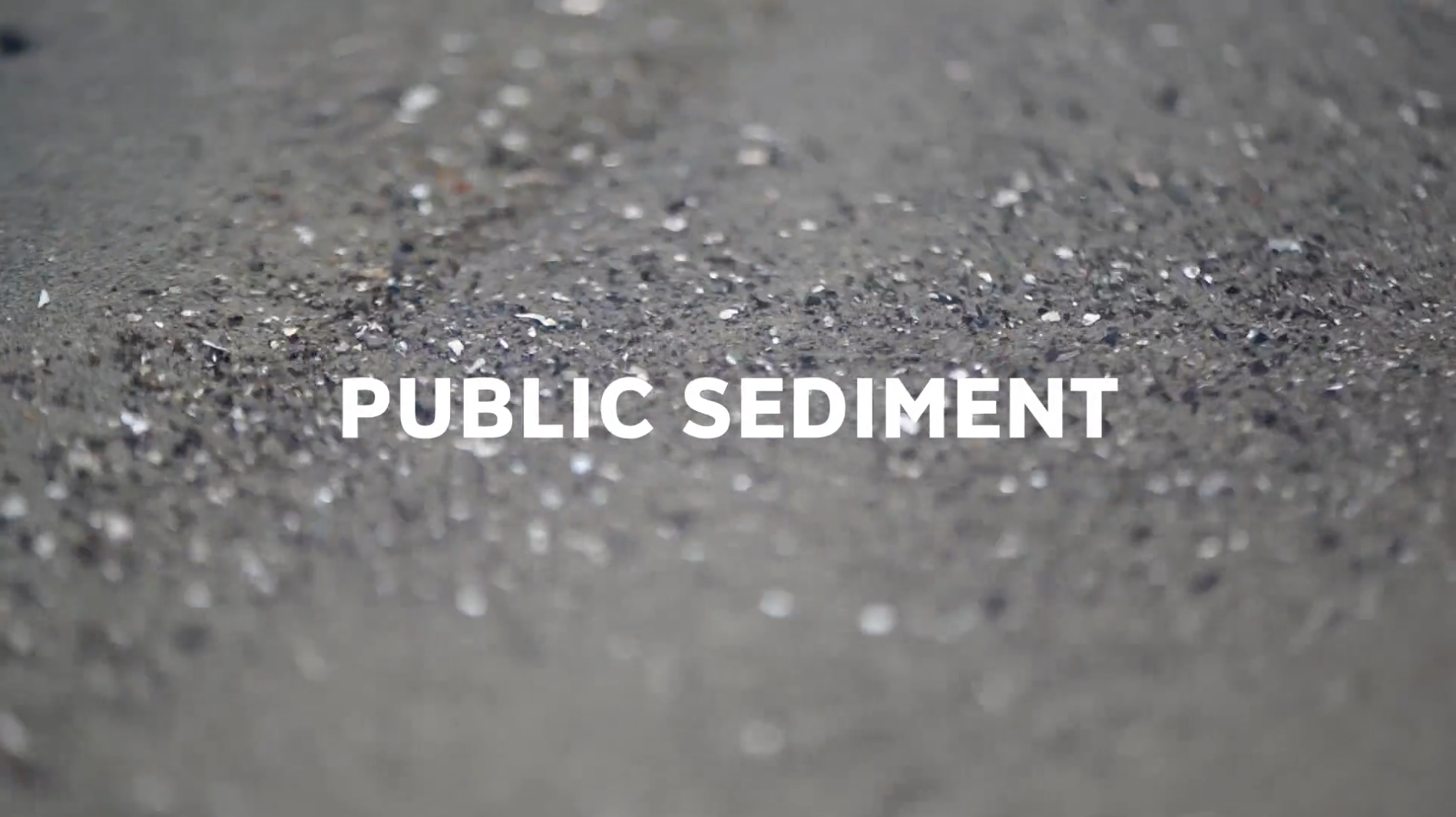
21.09.17 - Justine Holzman is helping build resilience in the Bay Area by designing with mud
The threat of severe storms, sea level rise, earthquakes, and flooding has perhaps never felt more immediate. For residents in the San Francisco Bay Area, building resilience, or the capacity of the area to survive, adapt, and grow in the face of climate change, is a particularly pressing concern. Assistant Professor of Landscape Architecture Justine Holzman is part of a design team that is working on building resilience in the area by focusing on sediment — or designing with mud.
The multidisciplinary design team, cleverly dubbed Public Sediment, is one of 10 groups participating in the Resilient by Design | Bay Area Challenge, which has brought together local residents, public officials and local, national, and international experts to develop a series of innovative community-based solutions for the area. Led by SCAPE Landscape Architecture, Public Sediment includes the Dredge Research Collaborative (to which Holzman belongs), Arcadis, TS Studio, the UC Davis Department of Human Ecology and Design, the UC Davis Center for Watershed Sciences, and the Buoyant Ecologies Lab.
Sediment, says Holzman’s group, is a public resource, “the core ecological substrate of the marshes and mudflats that shape the edges of the bay and protect communities from sea level rise, intense flooding and temperature change.” Unfortunately, the region is facing a sediment crisis, says the group, as not enough of it makes it to the bay: “Ignoring this dynamic system imperils every other resilience investment in the bay.”
Writes Public Sediment for the Resilient by Design website:
Our team believes in ecological infrastructure and its protective value. Yet the Bay Area’s ecological infrastructure — its marshes, mudflats, and coastal edges- are at risk. The slow and methodical subsidence of the Bay’s tidal wetlands is a catastrophe of tremendous proportion not just for ecosystems, but for communities. Combined with sea level rise, this subsidence exposes hundreds of thousands of residents and the region’s critical drinking water, energy, and transportation infrastructure to tremendous risk. To creatively adapt to this challenge, our team proposes to focus on sediment, the building block of resilience in the Bay. In short, we propose to design with mud.
For more information:
Read: San Francisco Chronicle: Competition looks at redesign for S.F. Bay as sea levels rises
Follow: @resilientbay @scape_studio @DredgeRC on Twitter

